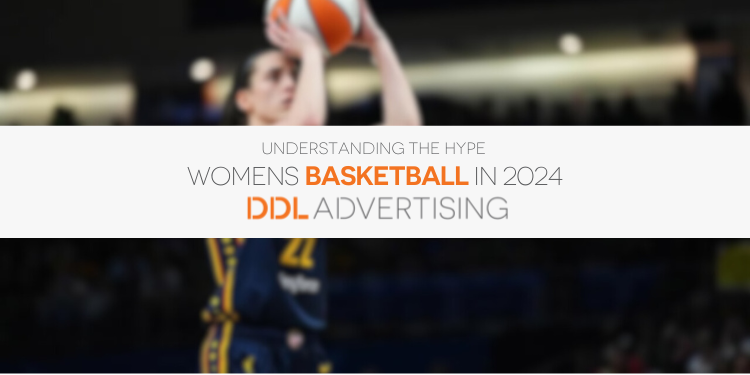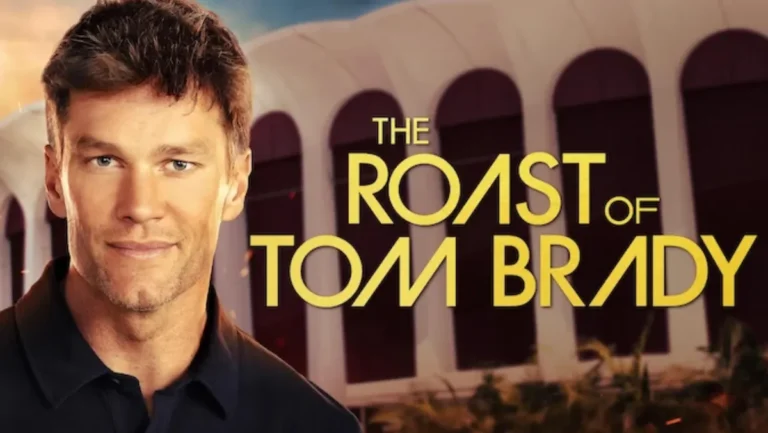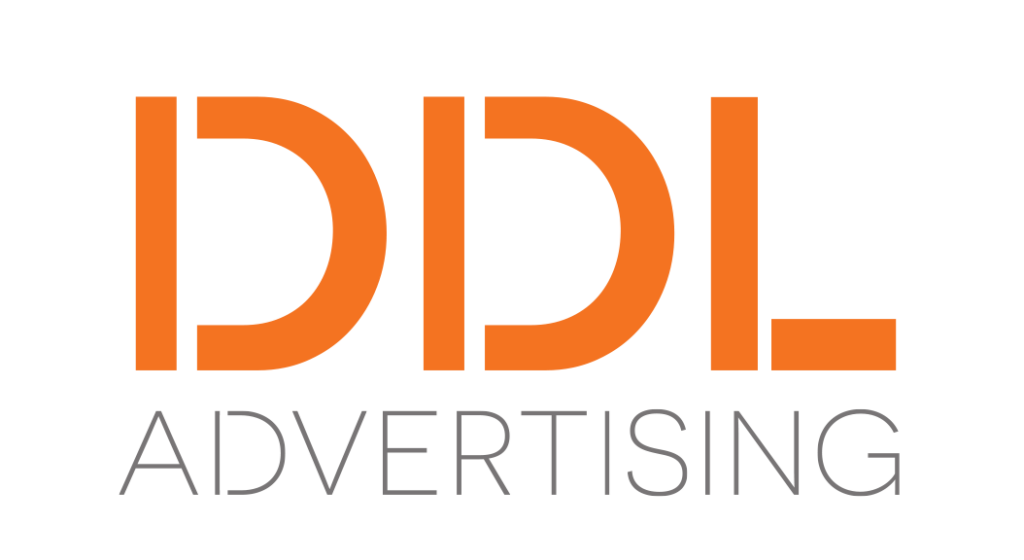

Overview.
Caitlin Clark. That’s it. That’s the blog. No, not really, but she is a significant factor in this article. We will talk about the current cultural phenomenon of Women’s basketball. While the sport has been gaining national traction with stars like Brittany Griner (known now for her Russian detention rather than basketball prowess), this past collegiate season has seen record-breaking numbers from athletes and advertisers.
With the spotlight directly on Clark and women’s basketball, we as marketers wonder what the heck is going on, how this happened, and where the future of women’s basketball is headed. If you’re asking the same questions, which of course you are, duh, don’t worry; we’ve done the heavy lifting. So read on, and we’ll tell you the tale of Women’s Basketball, understanding the hype, its implications for businesses, and its future.
What’s happening in Women’s Basketball?
In American women’s sports, there is an odd, almost unspoken, and problematic agreement that there can only be one dominant female at a time: Megan Rapione for soccer, Serena Williams in tennis, Katie Ledecky in swimming, Mikaela Shiffrin in skiing, Simone Biles in gymnastics, and now Caitlin Clark in basketball. What’s unique about these women is that most of them are not only the most dominant women in their sport, but they are the most dominant athletes in any sport of any gender.
Simone Biles has 37 Olympic and world championship medals and is regarded as the most accomplished gymnast in history. Mikaela Shiffrin has 97 World Cup wins, making her the winningest ski racer of all time. Caitlin Clark, at 22, is the all-time scorer in Division 1 basketball of both men’s and women’s teams. This kind of success, at first, creates a cult-like following within the sport. Die-hard fans turn out to watch their “golden child” smoke the competitor, and as their success grows, so does the attention.
In Clark’s case, the final game of the women’s college basketball national championship garnered 18.9 million viewers. For perspective, that’s up 89% from last year’s title game and 282% from the 2022 finals. Compared to national professional sports, only 15 NFL games had higher viewership than this game. It also outdrew the men’s national game.

When attendees were asked why they attended the games, most said they wanted to watch Clark play. Regardless of team affiliation, that kind of talent is captivating.
It’s no surprise that Clark was the first-round draft pick and now plays in the WNBA as a member of the Indiana Fever.
Women’s Basketball’s Impact on Advertising:
We marketers know that more attention, more wins, and more success, typically means one thing: more revenue. That’s certainly the case with Women’s basketball. As the sport has grown in popularity, it’s garnered more media coverage and accessible viewing options with various streaming networks. Now, top advertisers are looking to get in on the action.
According to Disney’s ad revenue, Final Four ad space was completely sold out this past year. Other companies, like Ampersand, a TV placement agency, reported a 1000% increase in demand for ad spaces in the games.
These requests aren’t coming from mom-and-pop shops either; major brands like Mars, Coinbase, Addias, and Google want in on the action. In 2022, Paul Masse’s partner Buick unveiled the “See Her Greatness” campaign, in which they partnered with athletes, including Aliyah Boston and Caitlin Clark, to raise awareness of women’s sports. The campaign asserts that women make up 40% of athletes but receive less than 10% of media coverage.
The Future of Women’s Basketball:
With elite women’s sports generating $1.28 billion in global revenue, the next question is how to build and sustain the brand. Women’s sports still struggle with this. Individual athletes like Biles, Williams, and Shiffrin continue to dominate their fields but typically only receive major press coverage surrounding an Olympic cycle. Likewise, the US Women’s National Soccer team has been at the top of the pack for years but still struggles with equal pay and primetime game coverage.
Conversely, successful male athletes have the proverbial red carpet rolled out. Tom Brady, the “GOAT,” retired (for good) and almost immediately taped a Netflix roast with 2 million viewers watching the first night. While Brady is undoubtedly the greatest quarterback of all time, a critical component of his lore sets him apart from the female athletes, apart from being a man, of course, 🙄. Tom Brady has branding.
Strange as it may sound, it’s true. When you think of Tom Brady, any number of things might come to mind: Deflategate, #LFG, almonds and avocados, Giselle, significant rivalries with the Manning brothers, or 7 Super Bowl rings. These things contribute to Brady’s brand and make him far more marketable. Different character attributes allow brands sharing similar interests to partner with him, further advancing his narrative while generating revenue for the brand. This is what the WNBA is missing.

Recall, for the last time, I promise Clark, Biles, and Shiffrin. Aside from relevant sponsorship with athletic brands and related verticals, they are recognizable for being unstoppably good at their sports, that’s all. While that is a feat all its own, unfortunately, in the marketing world, raw talent can only go so far. That is the point at which Clark and the WNBA find themselves: incredible fan turnout, interested sponsors, and plenty of revenue coming in. However, what happens next will likely determine the sport’s fate and time in the spotlight.
As any good marketer knows, the story is what sells the product. A creative narrative keeps viewers engaged, revenue high, and eyeballs locked in. The WNBA has the opportunity to define the future of women’s basketball by leaning into these storytelling techniques and creating a reason for fans to keep watching.
As the future unfolds for the WNBA, we’ll be looking for emerging rivalries between players and teams, the development of leading teams into long-term franchises (think the New England Patriots circa 2001 – 2020), and the ability for athletes to continue to transcend the sport. Think Kobe, Michael Jordan, and Shaq (who is now a killer Dubstep DJ known as DJ Diesel, btw). All of these stars were at the top of their game while also taking on other ventures in sports, fashion, and more to become true cultural icons. That is what propels the sports: successful integration into the zeitgeist. Clark and the WNBA have the opportunity, but only time will tell if their branding power will stick.






